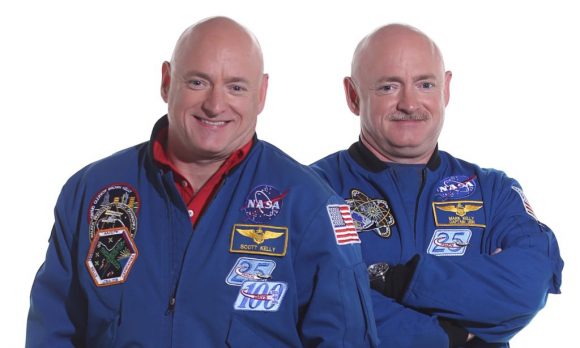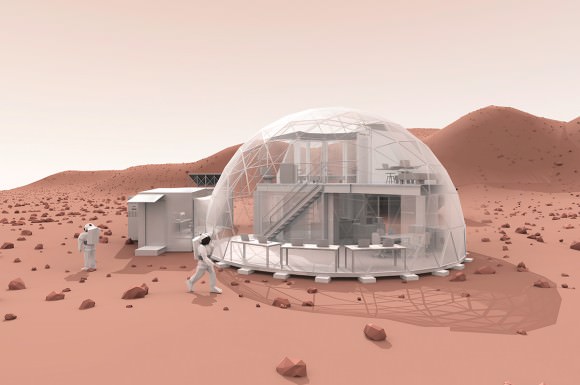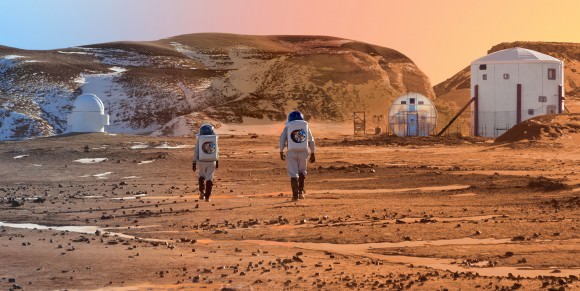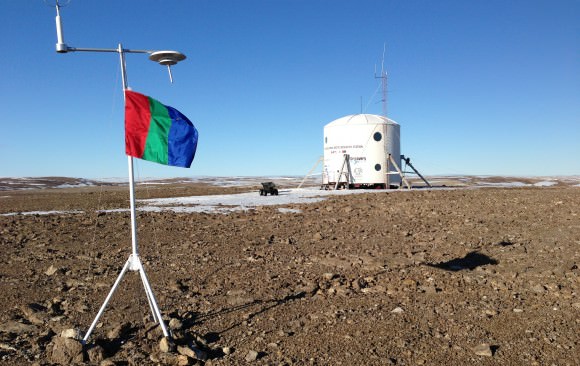On March 1st, 2016, American astronaut Scott Kelly returned to Earth after spending a total of 340 days aboard the International Space Station (ISS). As part of NASA’s goal to send astronauts on long-duration space flights to Mars and beyond, this record-setting stay in space was designed to test the limit of human endurance in a microgravity environment.
Also known as the Twin Study, this experiment consisted of Kelly spending nearly a year in space while his identical twin (Mark Kelly) remained on Earth. Since Kelly’s return, the two have been subjected to medical tests to see what long-term effects microgravity has had of Scott’s Kelly’s physique. The final results of this test, which were just released, reveal that Scott has experienced changes at the genetic level.
The study was conducted by NASA’s Human Research Program, and the preliminary findings were released at their Investigator’s Workshop on the week of January 23rd, 2017. According to these findings, Scott Kelly showed indications of inflammation, changes in his telomeres and telomerase (parts of the chromosonal system related to aging), a decrease in bone density and gastrointestinal changes – all of which were expected.

As NASA reported in their preliminary findings:
“By measuring large numbers of metabolites, cytokines, and proteins, researchers learned that spaceflight is associated with oxygen deprivation stress, increased inflammation, and dramatic nutrient shifts that affect gene expression… After returning to Earth, Scott started the process of readapting to Earth’s gravity. Most of the biological changes he experienced in space quickly returned to nearly his preflight status. Some changes returned to baseline within hours or days of landing, while a few persisted after six months.”
At the same time, the study took into account possible genomic and cognitive changes between the two brothers. These findings were recently clarified by NASA, which indicated that 93% of Scott Kelly’s genes returned to normal after he returned to Earth while the remaining 7% points were missing. These were attributed to “longer-term changes in genes related to his immune system, DNA repair, bone formation networks, hypoxia, and hypercapnia.”
In other words, in addition to the well-documented effects of microgravity – such as muscle atrophy, bone density loss and loss of eyesight – Scott Kelly also experienced health effect caused by a deficiency in the amount of oxygen that was able to make it to his tissues, an excess of CO2 in his tissues, and long-term effects in how his body is able to maintain and repair itself.
At the same time, the report indicated that Scott Kelly experienced no significant changes when it came to cognitive performance. The preliminary findings touched on this, indicating that Scott showed a slight decrease in speed and accuracy when undergoing cognitive performance testing compared to his brother. This decrease was more pronounced when he first landed, but was attributed to readjustment to Earth’s gravity.
Mathias Basner – a professor at the University of Pennsylvania, Philadelphia, who was in charge of conducting the tests – also found no real difference in cognition between 6 month and 12 month missions. This is especially important since typical stays aboard the ISS last six months, whereas long term missions to Mars would take 150-300 days – depending on the alignment of the planets and the speed of the spacecraft.
A two way trip to Mars, as well as the time spent in Mars lower-gravity environment (37.6 % that of Earth’s), could take multiple years. As such, the Twin Study was intrinsic to NASA’s efforts to prepare for its proposed “Journey to Mars“, which is expected to take place sometime in the 2030s. These and other studies being conducted aboard the ISS seek to determine what the long-term effects on astronaut health will be, and how they can be mitigated.
The NASA Twin Study was the result of a partnership between 10 individual investigations, 12 colleges and universities, NASA’s biomedical labs and the National Space Biomedical Research Institute Consortium.
Scott Kelly’s stay in space and the Twin Study will also be the subject of a PBS documentary titled “Beyond a Year in Space“. Be sure to check out the teaser trailer here:
Further Reading: MLive





